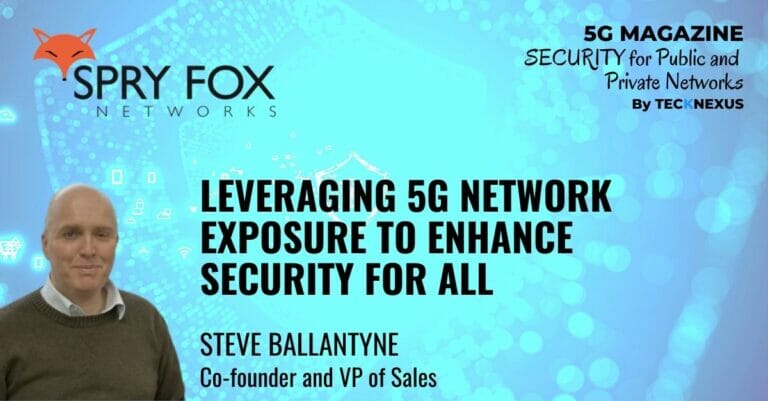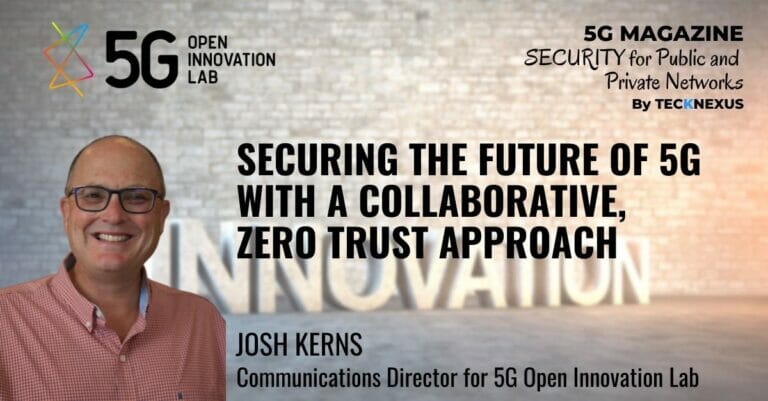The Federal Communications Commission (FCC) announced it had opened bidding in its latest mid-band spectrum auction to support next-generation wireless services – including 5G.
Auction 108 makes 8,017 new flexible-use, county-based overlay licenses available in the 2.5 GHz band. These licenses are in areas with unassigned 2.5 GHz spectrum—primarily rural parts of the country—following disposition of applications filed in the Rural Tribal Priority Window, which has to date resulted in the grant of 335 licenses to serve Tribal communities.
FCC Chairwoman Jessica Rosenworcel said: “We all know there are gaps in 5G coverage, especially in rural America, and this auction is a unique opportunity to fill them in, I am grateful to the teams that have worked so hard to both stand up this auction and ensure the success of our efforts to make these airwaves available to Tribes to support wireless service in their communities.”
Auction 108 utilizes a “clock-1” auction format which offers only a single frequency-specific license in a category in a county. This format is similar to the clock phase of past FCC auctions, but rather than offering multiple generic spectrum blocks in a category in a geographic area, it will offer only a single frequency-specific license in a category in a county.
The new flexible-use geographic overlay licenses in the 2.5 GHz band (2496-2690 MHz) must protect the operations of incumbent licensees within the auctioned areas, including any licensees that receive their licenses through applications filed in the Rural Tribal Priority Window.
























